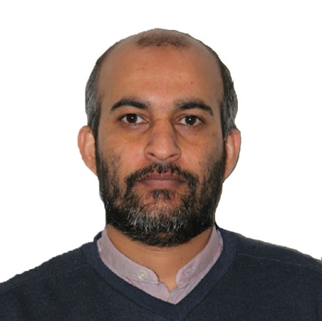Lecture Topics
The detailed schedule of the lectures will be posted in March. Stay tuned.

Introduction to silicon photonics
by
Prof. Roel Baets,
Ghent University – imec, Belgium
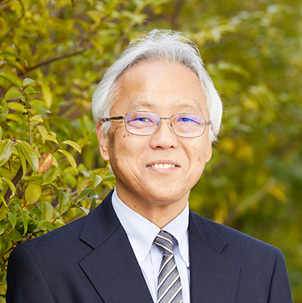
Integrated Optical Isolators
by
Prof. Tetsuya Mizumoto,
Tokyo Institute of Technology, Japan
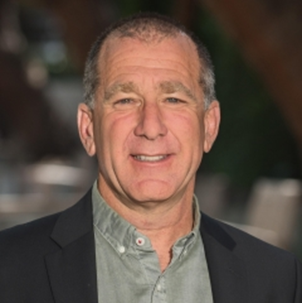
Silicon Nitride Integrated Photonics
by
Prof. Daniel Blumenthal,
University of California Santa Barbara, U.S.A

Passive Silicon Photonics: from basics to circuits
by
Prof. Andrea Melloni,
Politecnico di Milano, Italy
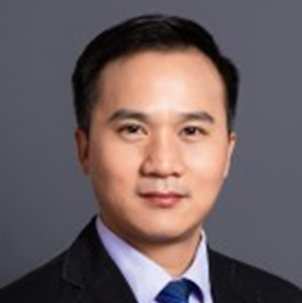
Polarization management in sillicon photonics
by
Prof. Daoxin Dai,
Zhejiang University, China

Multilayer Silicon Photonics
by
Prof. Joyce Poon,
Max Planck Institute of Microstructure Physics, Germany
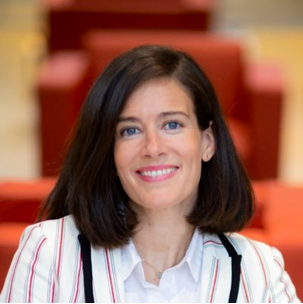
Topological photonics on silicon,
by
Dr. Andrea Blanco-Redondo,
Nokia-Bell Labs, USA

Design Methodologies in silicon photonics,
by
Dr. Dominic Gallagher,
Photon Design, UK
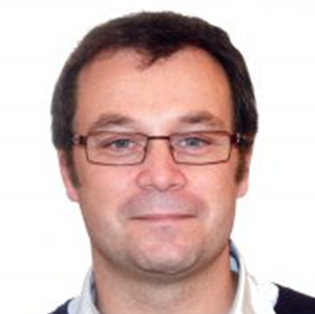
High-speed Modulators and Detectors in Silicon Photonics
by
Dr. Laurent Vivien
C2N, CNRS, Uni. Paris-Sud, Uni. Paris Saclay, France

Heterogeneous Integration for high-speed modulators in silicon photonics
by
Prof. Dries Van Thourhout,
Ghent Univerity – imec, Belgium
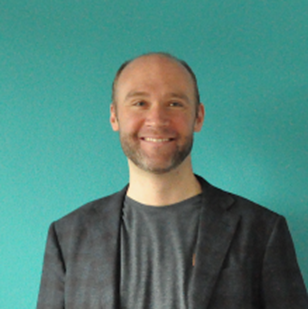
Noise in silicon photonics transceivers and other optical systems
by
Prof. Jeremy Witzens,
RWTH Aachen University, Germany

Transfer printing for silicon photonics
by
Prof. Gunther Roelkens,
Ghent University – imec, Belgium

III-V/Si lasers
by
Sylvie Menezo,
SCINTIL Photonics, France
Beamforming using silicon photonics
by
TBA
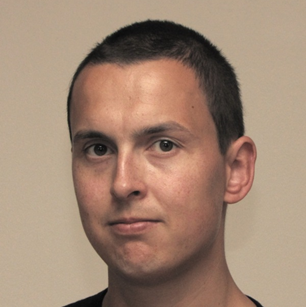
Programmable Silicon Photonics
by
Prof. Wim Bogaerts,
Ghent University – imec, Belgium

Visible light and neurophotonics
by
Prof. Joyce Poon,
Max Planck Institute of Microstructure Physics, Germany
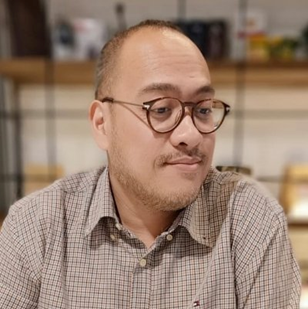
Integrated Microwave Photonics
by
Prof. David Marpaung,
University of Twente, the Netherlands
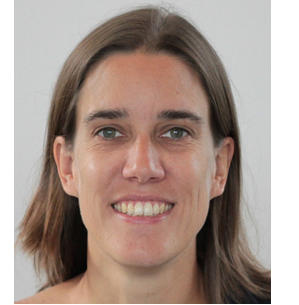
Mid-IR Silicon Photonics
by
Prof. Delphine Marris-Morini,
Paris Sud University, France
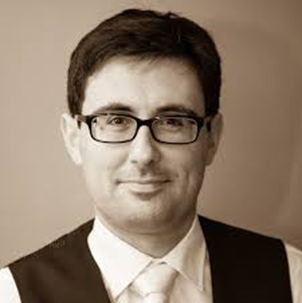
Packaging in silicon photonics + cases
by
Padraic Morrissey,
Tyndall National Institute – PIXAPP, Ireland
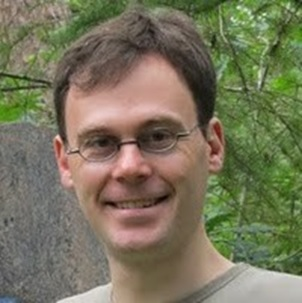
Neuromorphic Computing using silicon photonics
by
Prof. Peter Bienstman,
Ghent University – imec, Belgium
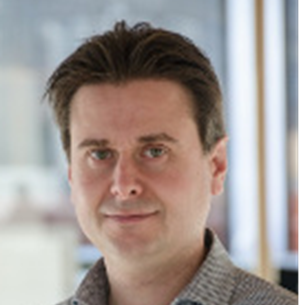
Electronics for transceivers
by
Prof. Johan Bauwelinck,
Ghent University – imec, Belgium
Modulation and multiplexing formats in silicon photonics transceivers
by
TBA

Pushing the boundaries of nanophotonics through inverse design
by
Dr. Dries Jo F Vercruysse,
Stanford University, U.S.A

Frequency combs using silicon photonics and their applications
by
Prof. Bart Kuyken,
Ghent University - imec, Belgium
